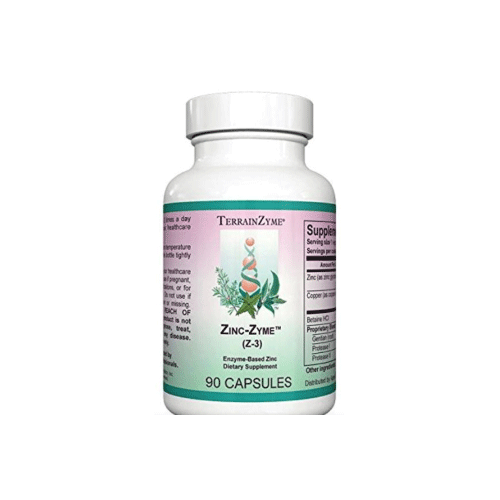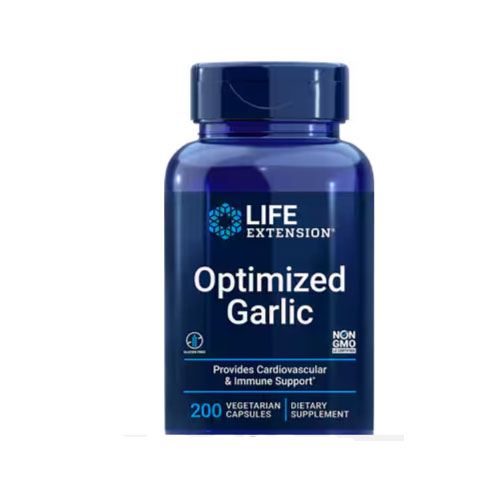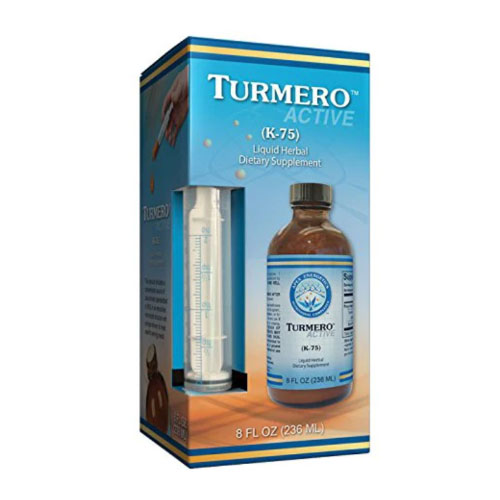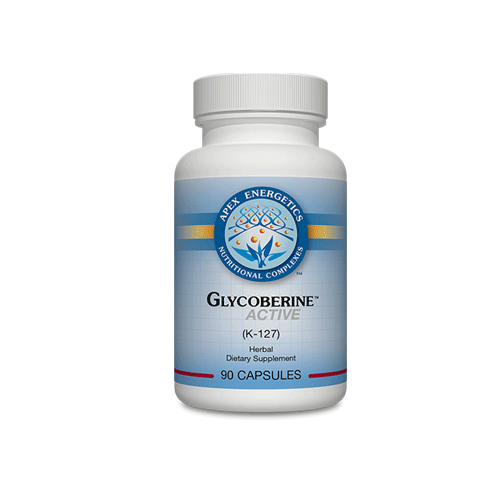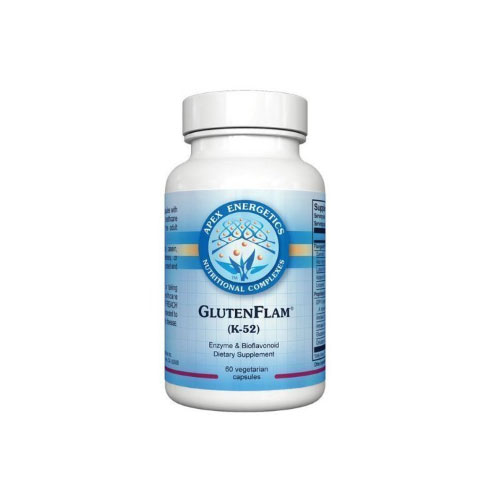Menopause is the time of life when, due to declining ovarian function, the female sex hormones diminish. The average age for the climacteric is 51 years old but can happen anytime between age 35 and 55. Smokers, on average, experience menopause at an earlier age. (1)
Menopausal symptoms usually begin with subtle changes in the perception of body warm followed by a sudden break into a cold sweat. (i.e. “hot flash.”) Other symptoms include sleep disturbances, dry skin and vaginal dryness, “brain fog,” low or absent libido, osteoporosis, headaches, anxiety and depression, weight gain, joint pain, fatigue, muscle weakness, palpitations, urinary incontinence, fibromyalgia, allergies, craving for sweets, irritability, cold extremities, scalp hair loss, swelling around the eyes and abnormal blood lipids. All told, the Physician’s Guide to Anti-Aging and Regenerative Medicine; 2009 lists 36 separate menopausal symptoms. (2)
Importance of Estrogen
Estrogen has some 400 identified functions in the body including an increase in metabolic rate, improved insulin sensitivity, body temperature regulation, muscle maintenance, improved sleep, reduced rate of cataracts, increased blood flow, decreased incidence of blood clots, decreased accumulation of arterial plaque, and preserving the amount of collagen in the skin.
Estrogen, in nature, occurs as three distinct molecules. Estrone (E1) is the main estrogen the body produces after menopause. E1 acts as an estradiol (E2) reservoir as it converts to estrone sulfate, where it lies in the cells awaiting conversion to the active estradiol (E2) when needed. High levels of E1 may increase the risk of breast cancer.
Estradiol (E2) is the principal active estrogenic compound. E2 acts an antioxidant, increasing “good” cholesterol (HDL), reducing triglycerides, LDL and total cholesterol. It aids in memory preservation (by increasing serotonin levels in the brain), aids in maintaining bone structure, aids in the absorption of calcium, magnesium and zinc.
Estriol (E3), generated in the placenta, is significantly elevated during pregnancy. E3 acts to protect against breast cancer, (3) maintain pregnancy, controls the symptoms of menopause, decreases LDL and increases HDL. Topical E3 is used for relief of postmenopausal atrophy, vaginal dryness and urinary incontinence. It does not have the brain, bone, or heart protection of estradiol.
The landmark 2002 Women’s Health Initiative study was halted early due to undeniable evidence that estrogen (Premarin) alone given to older postmenopausal patients caused a statistically significant increase in emboli and stroke. Adding progesterone (Provera or Prempro) increased the incidence of breast cancer, heart attack and dementia.
Were these patients truly treated with estrogen?
The subjects used Premarin, conjugated equine estrogen (CEE), synthetic estrogen, derived from horse urine, alone or Prempro, CEE and synthetic progestogen.
Conjugated equine estrogen (CEE) contains only 3 human estrogens out of 10 estrogenic components found in CEE. In addition to estrone, CEE contains sodium equilin sulfate, and the concomitant components, 17 alpha-dihydroequilin, 17 alpha-estradiol, 17 beta-dihydroequilin and horse androgens and progestins. (4)
Comparing Bioidentical and Synthetic Estrogen
Bioidentical or natural estrogen is the same chemical structure as the patient generates at birth. It’s usual source is yams, but may be plant based.
Synthetic estrogen increases blood pressure, triglycerides, estrone (the cancer causing component of estrogen), causes gallstones, elevates liver enzymes, SHBG (decreases testosterone), interrupts tryptophan metabolism and consequently serotonin metabolism, leading to brain fog and depression, lower growths hormone, increases prothrombotic effects, CRP (an inflammatory marker), and increases carbohydrate cravings. (5)
Natural estrogen increases endothelial nitric oxide, protecting against endothelial dysfunction. (6) Natural estradiol does not increase risk of thromboembolism, estrogen is cardio-protective, decreases the risk of acute myocardial infarctions and decreases the risk of type 2 diabetes mellitus.(7) Measurements of the internal carotid artery lumen are 224% wider when patient is administered Estradiol for greater than 6 months.(8)
A study of 23, 000 women treated with (natural) Estradiol and Estriol E3
with or without progestins revealed a risk-ratio of 0.72, i.e 28% decrease in breast cancer mortality and a risk-ratio of 0.77 (or 23% decrease) in all cause mortality. (9-11)
Another study, this time involving 80,377 postmenopausal women revealed no increase or decrease in breast cancer in women on (natural estrogen) E2 and natural, (micronized) progesterone (risk-ratio 1.0). E2 plus MPA (synthetic Progesterone) had a risk ratio of 1.69 or 69% increase in risk of breast cancer and CEE (synthetic estrogen, Premarin) alone had a risk ratio of 1.40 or 40% increase in the risk of cancer. (12)
The notion that the Women’s Health Initiative saved lives by warning women off estrogen is patently false. The notion that the Women’s Health Initiative saved lives by warning women off conjugated equine estrogen (CEE, i.e. synthetic estrogen) is true.
A 10-year randomized hormone replacement (estradiol vs. norethindrone) study early after menopause revealed a significantly reduced risk of mortality, heart failure, myocardial infarction without any apparent increase in risk of cancer, venous thromboembolism and stroke in the natural (estradiol) population. (13)
A study of women treated with and without hormone replacement therapy after breast cancer revealed a 33% 10 year all mortality rate in the non-hormone users, a 12% mortality rate in non-estrogen hormone users, and a 6 % (94% survival) rate in women who were treated with natural estrogen, testosterone and natural progesterone. (14)
Women with early breast cancer should be offered hormone replacement after a full explanation of the risks and benefits. (15)
Indeed, natural or bioidentical hormone replacement therapy, unlike Conjugated Equine Estrogen (Premarin), is safe and effective for climacteric symptoms, as a preventative of long-term degenerative diseases, osteoporotic fractures, cardiovascular disease, diabetes mellitus, and cognitive impairment. Non oral bioidentical estrogens do not exhibit increased incidence of venous thromboembolism (VTE) and improves blood pressure control. Bioidentical Estrogen and (Natural Progesterone, see paper on Natural vs. Synthetic Progesterone) offer the peri and postmenopausal women significant quality of life advantages. (16)
References
- Windham, GC, et al Cigarette smoking and effects on menstrual function. Obstetrics Gynecology, 1999;93:59-65
- Gordon, Mark L. Principles of Interventional Endocrinology. Physician’s Guide to Anti-Aging and Regenerative Medicine; 2009, 1 (74-75)
- Gordon, Mark L. Principles of Interventional Endocrinology. Physician’s Guide to Anti-Aging and Regenerative Medicine; 2009, 1 (75)
- Klein R, The Composition of Premarin. J. Fertility 43:223
- Smith, P., What You Must Know About Women’s Hormones. Garden City Park, NY: Square One Publishing, 2010.
- Novensa, L., et al., “Equine estrogens impair nitric oxide production and endothelial nitric oxide synthase transcription in human endothelial cells compared with the natural 17(beta)-estradiol,” Hypertension 2010; 56(3):405-11.
- (Jonas HA et al, Ann Epidemiol, 1996, 6 (4) : 314-23)
- Mueck AO. Et al. Postmenopausal hormone replacement therapy and cardiovascular disease: the value of transdermal estradiol and micronized progesterone. Climacteric. 2012 Apr;15 Suppl 1:11-7
- Schairer C et al. Epidemiology, Jan 1997, Volume 8 Number 1
- Batur, P et al. Menopausal Hormone Therapy in Women with Breast CA. Maturitas 53(2006)123‐132
- Durna, E et al. Breast Cancer in Premenopausal Women: recurrence and survival rates and relationship to hormone replacement therapy. Climacteric 2004;7:284‐
- Fournier A. Unequal risks for breast cancer associated with different hormone replacement therapies: results from the E3N cohort study. Breast Cancer Res Treat. 2007 Feb 27, 36
- Schierbeck et al Effect of hormone replacement therapy on cardiovascular events in recently postmenopausal women: randomized trial. BMJ 2012;345
- Natrajan PK, Soumakis K., Gambrell RD Jr., Estrogen replacement in women with previous breast cancer. J. obstet. Gynecol. 1999:181(2):288-95. Georgia, USA.
- Natrajan PK, Soumakis K., Gambrell RD Jr., Estrogen replacement in women with previous breast cancer. J. obstet. Gynecol. 1999:181(2):288-95. Georgia, USA
- L’hermite M et al. Could transdermal estradiol + progesterone be a safer postmenopausal HRT? A review. Maturitas. 2008 Jul-Aug;60(3-4):185-201.

